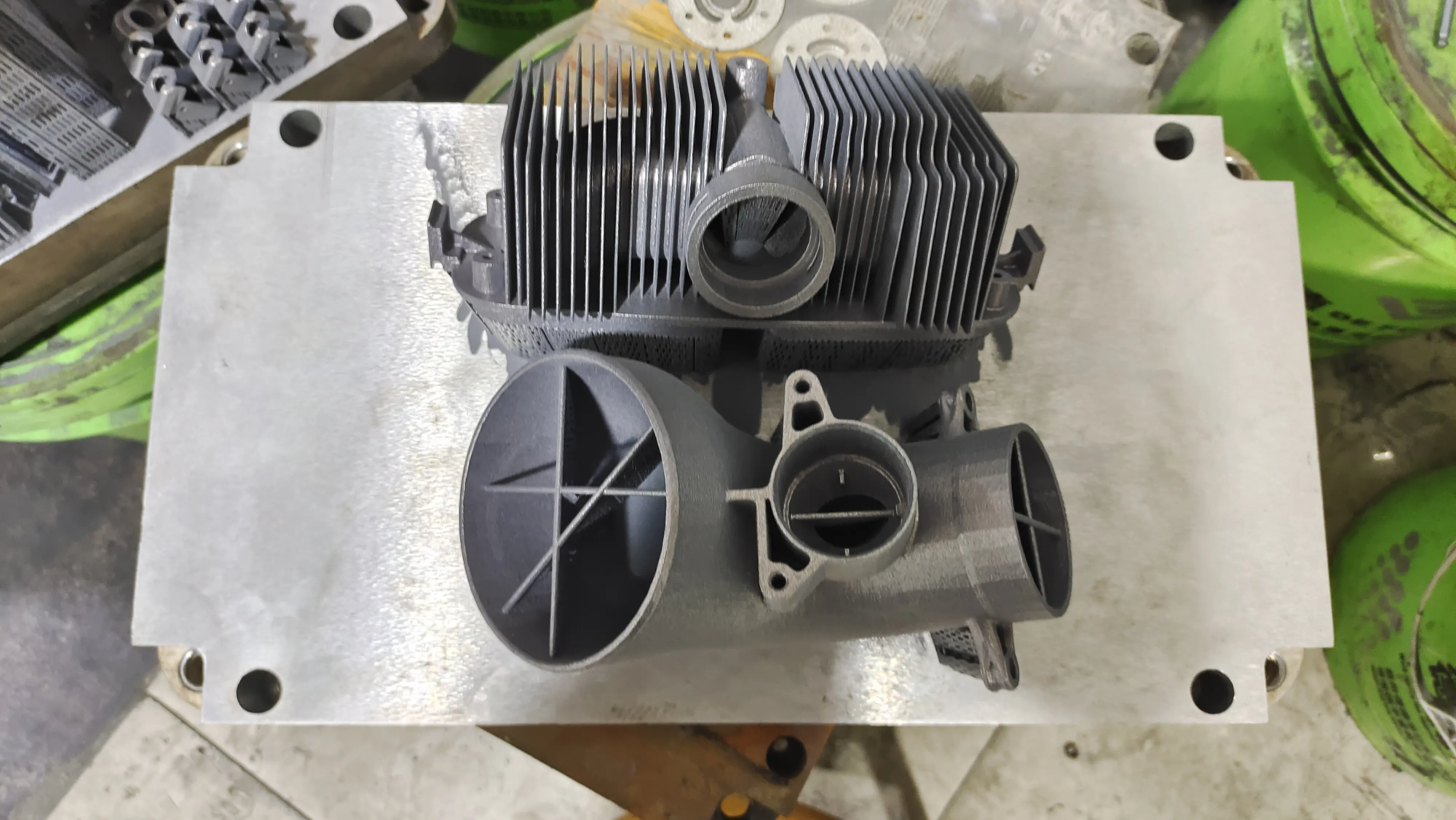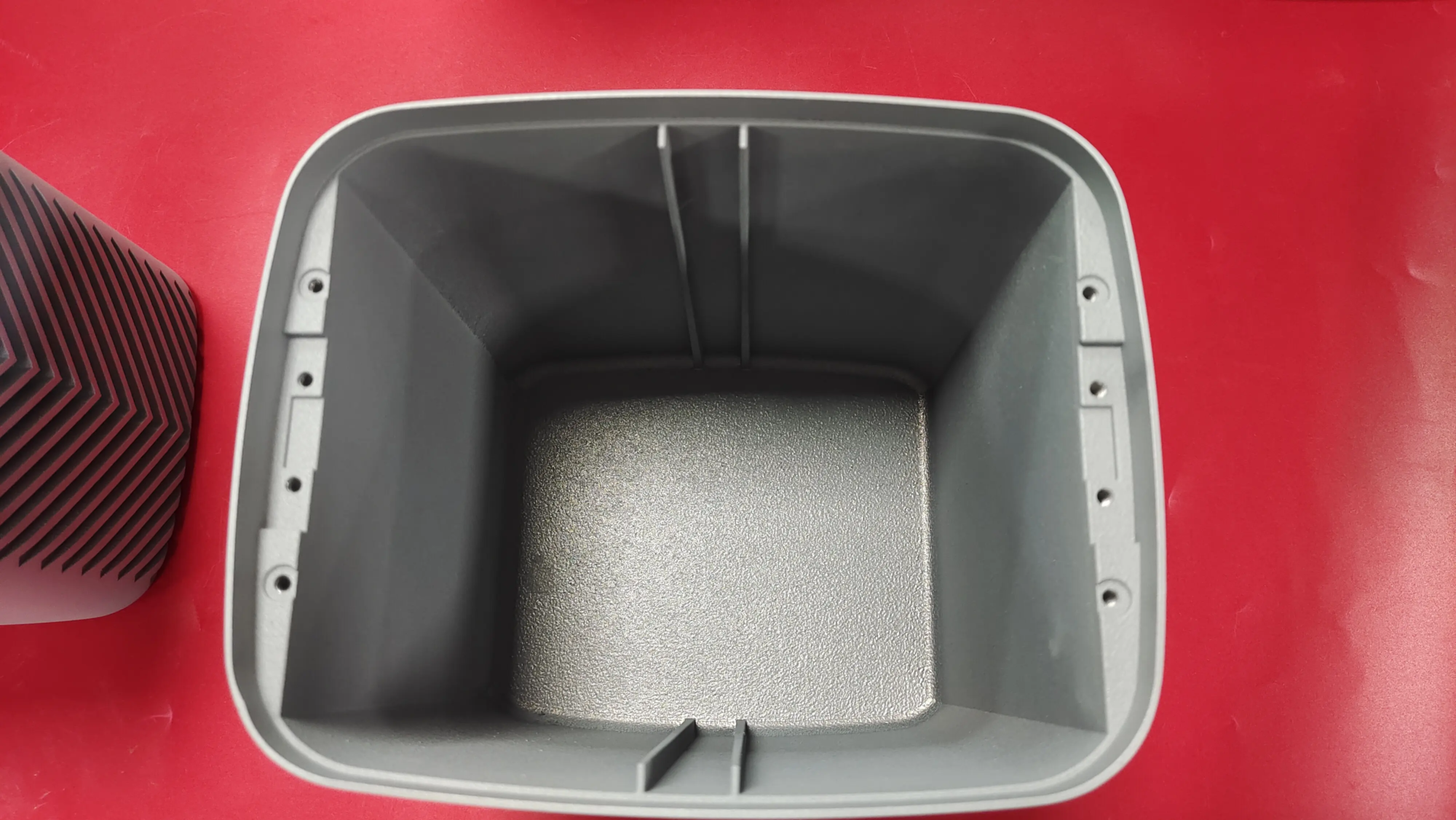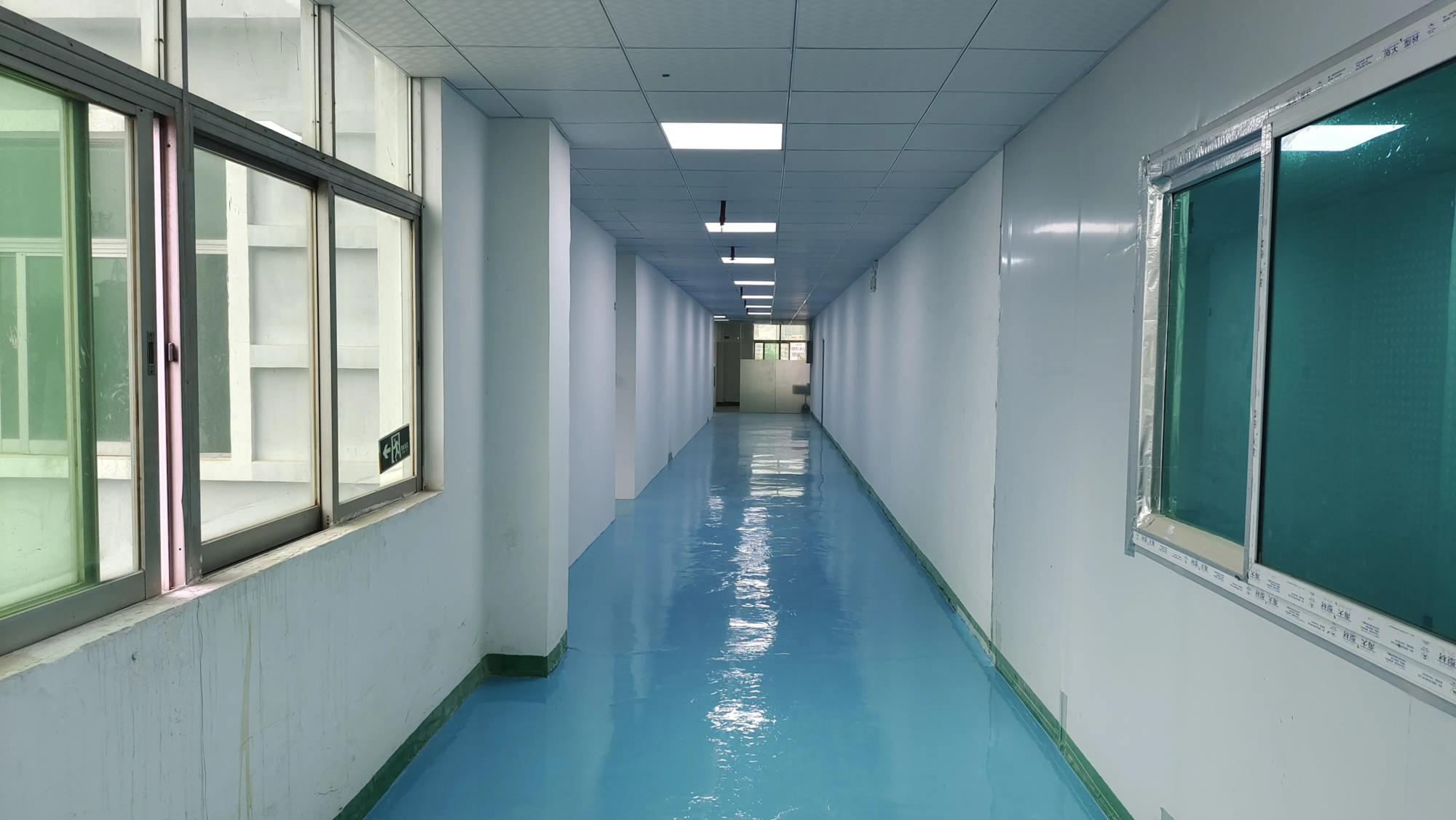Beyond Bookcases: How 3D printing can innovate display shelves
Forget about cookie bookshelf and universal display rack. We enter an era where our precious possessions (from exquisite statues and vintage cameras to industrial components and geological specimens) are becoming masterpieces of functional art. catalyst? Advanced 3D printing technology. As a pioneer in industrial-grade rapid prototyping, including cutting-edge metal 3D printing through selective laser melting (SLM), we are constantly seeing at Greatlight how additive manufacturing can unlock unprecedented possibilities, and display shelves are a surprisingly innovative venue. This is the most important thing about how this technology reshapes how we present and protect.
Why 3D printing display shelves? Unlock unprecedented value
The transition from traditional woodworking or metal manufacturing to 3D printing is not only novel. It provides tangible advantages in contrast to conventional methods:
- Unrivaled complexity and customization: Unlike subtraction methods that are constrained by tool paths or manual manufacturing constraints, 3D printing is built layer by layer. This frees designers of complex organic geometric shapes, perfect parametric patterns or tailored super personalized shapes Specific projects to millimeters. Imagine a shelf that is perfectly laid with irregular shapes of mineral collections, or features a comprehensive wall ches of a specific collection.
- Lightweight strength (especially metal): Advanced metal 3D printing techniques (such as SLM) cannot create parts using complex internal lattices (honeycomb, thyroid) in any other process. This achieves an amazing strength to weight ratio – essential for wall-mounted shelves, minimizing material use while ensuring strong support. Aviation-grade materials become feasible, even elegant, for use in home decor.
- Material versatility and performance: Beyond basic plastic. Industrial 3D printing provides engineering grade polymers (nylon, polycarbonate, PEEK) with excellent durability and heat resistance. Metal printing unlocks aluminum alloy, stainless steel, titanium and inconel. These materials have higher load capacity, life, fire resistance and resistance to warpage than typical wood or cheap plastics. They can also be processed in post-treatment (powder coating, polishing, plating) for an amazing finish.
- Rapid prototype and iteration: Design iterations occur at the speed of thinking. Want to test for slight changes in bracket horns, hook designs, or unit size? Printing a revised prototype takes hours or days, rather than weeks or expensive tool changes. This agility allows the user to perfect the design and Functions before potentially expanding production.
- On-demand and localized manufacturing: Perfect for customization, one-time design or small batches. No large amount of minimum orders or extensive storage required. Print what you need, when and where, reduce waste and logistics costs.
- Integrated features: Why only hold an object when the shelf is OK Do More? 3D printing seamlessly integrates built-in LED light pathways, hidden cable management pathways, humidity control rooms for sensitive items, or custom installation systems incorporated into the shelf’s structure.
Inspiring 3D printing shelves idea: pushing the borders
Let your imagination go crazy. This is the concept of showing the functionality of 3D printing:
- Parameter wall forest: Designed inlaid (repeat mode) shelf units that interlock to create a stunning lightweight wall display. Using algorithms, their shape and size can change dynamically on the wall, creating visually striking "forest" Influence. The metal version offers ethereal strength without the need for a lot of it.
- Tension and suspension signature: Create a shelf that seems to violate gravity through clever tension design or minimal sculptural stands in a single continuous work. Metal printing shines here, creating incredibly thin and strong support that disappears visually, making the displayed object seem magically hanging.
- Bionic branches and pods: Draw inspiration from nature. Designed to mimic the branch shelf structures of trees, corals or fungi, produce organic, flowing shapes that are ideal for grouping related items. These complex hollow forms can be unique by 3D printing.
- "Friction fit" Shadow box with integrated installation: Design elegantly custom shadow boxes, back panels or frames with precise positioning, printed miniature hooks or slots. The collection of items like pins, coins, or archaeological discoveries can be firmly pressed in place without visible damage or fixtures, creating a clean museum-quality presentation that can only be accessed by printing.
- Modular geometry system: Developed standardized connector mechanisms that enable endless custom arrangements of shelves, brackets and backplanes of different sizes. Everything will capture or bolt together, allowing users to create dynamic, evolving displays using industrial-strength polymers or lightweight metal nodes.
- "Rescue Archaeology" Fragile shelf discovers: Create specialized shelves for museums or private collectors that have customizable, printed soft cradles in a solid frame (metal for life) to securely secure artifacts of delicate or irregular shapes without pressure points.
- library "Invisible" Floating display: Smooth, super smallest shelf stand and low-profile shelf platform (using high-strength metal alloys) create the fantasy of books, artworks or decorative objects floating seamlessly on the wall. Perfect for displaying precious works with an absolute focus.
Industrial Edge: Metal Printing for Harsh Displays
While polymer 3D printing can achieve excellent designs, Greatlight’s expertise in Metal 3D printing (SLM) will be shelved into a completely new alliance:
- Deep defense power: The fully dense metal parts produced by SLM have mechanical properties equal to or exceed the conventionally processed equivalents. Ideal for long straddle shelves, supporting heavy collections (sculptural, machinery) or ensuring absolute safety for valuable items.
- Sublime minimalism: Achieve an incredibly slim overview without sacrificing power. Consider pencil stands with a large weight given precise topological optimization and innate strength of aero alloys.
- High temperature and elastic environment: Metal racks do not bend near radiators or in hot climates like some plastics. They resist scratches, impact damage, chemicals and firepower better than wood or standard polymers.
- Luxury finish: Post-treated SLM parts have amazing effects: mirror polishing, vibrational vibration, for matte appearance, abrasives of matte textures, or for electroplating of gold, nickel or chrome-plated finishes. Metal will upgrade the display furniture to heirloom quality works.
- Large-scale customization potential: An architect or designer creates a custom interior? Metal 3D printing economically produces unique brackets, end caps or connectors tailored to specific high-end projects.
Conclusion: Personalized display is a new standard
3D printing is not only another method of manufacturing for shelves; it represents our idea of objects of value and a paradigm shift in creating spaces. The limitations of mass production disappeared, replaced by breathtaking freedom and precision. Whether you are a fan and need the perfect niche for your collection, retailers create unique in-store displays, museums that preserve valuable artifacts, or architects who design statements interior design, 3D Printing offers solutions that offer stronger, lighter, smarter, smarter, and more personal than ever before.
At Greatlight, we bring these cutting-edge presentation concepts to life by leveraging the pinnacle of rapid prototyping technology, including our advanced SLM metal printers and an extensive suite of post-processing services. We enable you to go beyond the limitations of traditional shelving and embrace a future that makes the structure itself a meaningful part of the presentation.
FAQ About 3D printed display rack
- Is 3D printing enough to put it on hold? Absolutely, especially when using engineered polymers or metal alloys. The key is to use the correct design with topological optimization and select the appropriate materials and printing technology for load requirements. Metal SLM printing produces an extremely powerful load-bearing structure.
- Is it cost-effective? For unique, complex designs, small batches or high performance applications that require lightweight strength, especially in metals, it is usually 3D printing More Due to the lowest cost of tools, reduced material waste and free design, it is cost-effective than traditional manufacturing. Keep cheap by conventional methods simple, mass-produced racks.
- Which material is best for 3D printing shelves?
- Cosmetics/In-Collection: PLA (basic), PETG (more durable), ASA/ABS (outdoor UV), wood/polymer composites.
- High-performance polymers: Nylon (PA12, PA6), polycarbonate (PC), PEEK/PEKK (extreme performance). Excellent durability and strength.
- Metal (for strength/durability/luxury): Aluminum alloy (light, strong), stainless steel (corrosion resistance, durable), titanium (high strength, light weight), copper alloy (conductivity/conductivity).
- Can I design my own shelves? really! User-friendly CAD software exists for all skill levels. Also, a platform that works with designers or uses free/paid models. Professional services such as Greatlight provide complete design support through DFAM (designs for additive manufacturing).
- How to connect a 3D printed shelf to a wall? Professional designs often include integrated enhanced installation features (keyhole slots, French cleats, bolt holes). Always securely to the wall studs, or use appropriate heavy-duty wall anchors according to the design specifications.
- Can I customize the finish? high! Post-treatment includes grinding, primer, painting, electroplating (metal), powder coating, polishing, blasting, dyeing, dyeing (polymer), and vinyl wrapping. This allows for any aesthetic from original industry to high-gloss luxury.
- Is it safe for all items? Usually. If items are shown that are sensitive to static (using antistatic polymers) or reactive metals, make sure that the material is compatible. Avoid designs with sharp edges near delicate items. The finish should fit the items placed on it.
- Can I print a big shelf? Printing mechanism building is a factor, but large designs can be divided into modular parts that are assembled seamlessly and are printed. Metal printing faces greater limitations, but performs well in complex, compact strength elements. Adhesive and mechanical fasteners ensure integrity.
- Can I print at home with professional printing? Simple shelves are feasible on consumer FDM printers. However, for high strength, large scale, complex geometry, nylon or PC (especially metal parts), professional service with industrial equipment such as Greatlight is necessary for quality, durability and reliability.
- How long does a 3D printed shelf last? Designing and manufacturing the right thermoplastics, especially metal 3D printed shelves, is extremely durable and can last for decades. When using appropriate engineered polymers or metals, lifespan competitors may exceed traditional materials. UV resistance (ASA, coated metal) is crucial for sun exposure.
Ready to change how you show your world? Explore the unlimited potential of a custom 3D printed display solution with Greatlime.




